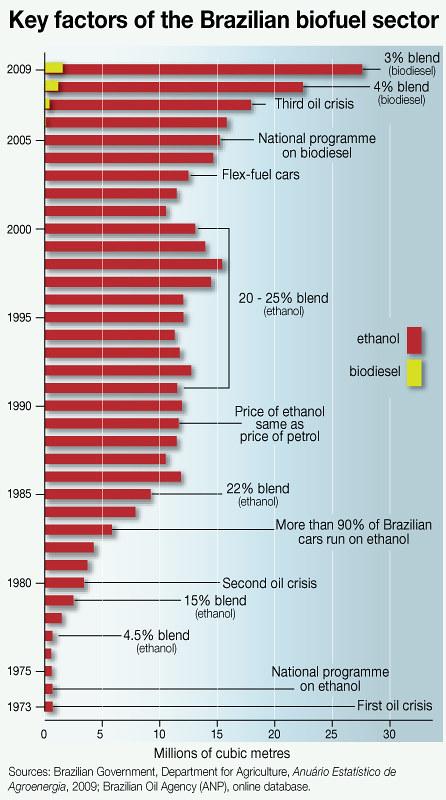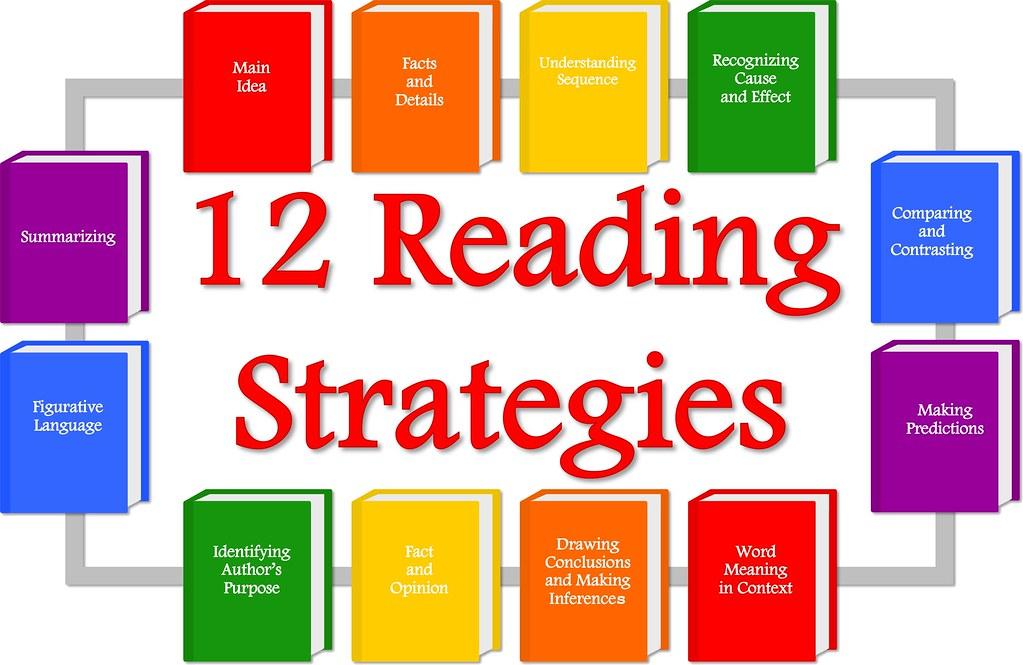In the ever-changing landscape of finance and investment, one area that continues to intrigue and challenge traders is the world of future trading. As markets fluctuate and trends shift, the ability to navigate the unknown becomes crucial for both seasoned veterans and newcomers alike. Join us on a journey as we explore the evolution of future trading, from its humble beginnings to its current status as a cornerstone of modern investing strategies. Discover how traders have adapted and innovated over time to stay ahead of the curve in this dynamic and unpredictable market.
Understanding the History and Origins of Future Trading
**Exploring the depths of future trading reveals a rich tapestry of history and origins that have shaped the landscape of financial markets. Originating in ancient civilizations where goods were bartered for future delivery, this practice has evolved over millennia to become a sophisticated system of contracts and agreements.
**The history of future trading can be traced back to the Mesopotamian era, where merchants used clay tablets to record transactions for future delivery of goods such as crops. Fast forward to modern times, and we see a complex network of futures exchanges where traders buy and sell contracts for commodities, currencies, stocks, and more. This evolution showcases the resilience and adaptability of human ingenuity in navigating the unknown terrain of financial markets.

Key Factors Influencing the Future Trading Market
As traders and investors continue to navigate the unpredictable waters of the future trading market, a number of key factors are shaping the landscape of this evolving industry. One of the main influences is technological advancements, which have revolutionized the way trades are executed and monitored. From algorithmic trading to high-frequency trading, technology has significantly increased the speed and efficiency of transactions.
Another crucial factor that plays a key role in the future trading market is geopolitics. Political events and decisions made by governments around the world can have a profound impact on the prices of commodities, stocks, and currencies. Traders must stay informed about global developments and how they may influence the market to make strategic decisions. Additionally, market sentiment and consumer behavior are essential factors that drive trading trends and patterns, as they reflect the overall confidence and mood of investors towards certain assets and markets.

Technological Advancements and Their Impact on Future Trading
The rapid pace of technological advancements has revolutionized the world of trading, paving the way for exciting innovations in the future. From artificial intelligence and machine learning algorithms to blockchain technology, these advancements are reshaping the landscape of trading as we know it. With the rise of automated trading systems and high-frequency trading, the markets are becoming more efficient and accessible to a wider range of participants.
As we navigate the unknown territory of future trading, it is crucial for traders to adapt to these technological changes in order to stay competitive. Utilizing predictive analytics and big data to make informed trading decisions, traders can capitalize on market trends and maximize their profits. The integration of virtual reality and augmented reality technologies also offers new ways to visualize market data and enhance trading strategies. Embracing these advancements will be key to thriving in the ever-evolving world of future trading.

Strategies for Navigating Uncertainty in Future Trading Markets
As we look towards the future of trading markets, one thing is certain – uncertainty is inevitable. In order to navigate these unknown waters, traders must adapt and evolve their strategies. One key strategy for success in future trading markets is to diversify your portfolio. By spreading your investments across different assets, you can mitigate risk and increase your chances of success.
Another important strategy is to stay informed and stay ahead of the curve. Keep a close eye on market trends, news, and events that could impact future trading markets. Utilize advanced tools and technology to analyze data and make informed decisions. By being proactive and adaptable, you can navigate the uncertainty of future trading markets with confidence.
As we continue to navigate the ever-changing landscape of future trading, one thing remains certain – the only constant is change. By staying informed, adaptable, and strategic, traders can better position themselves to thrive in this dynamic market. Whether you’re a seasoned pro or just starting out, embracing the unknown and evolving with the industry will be crucial for success. So, step boldly into the future, armed with knowledge and determination, and let the evolution of future trading be your guide. The possibilities are limitless, and the journey is yours to navigate. Happy trading!